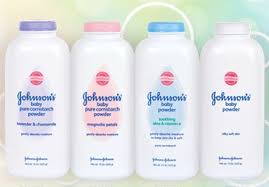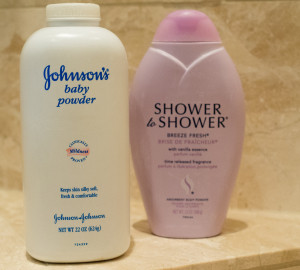 Last week we wrote in this blog about the family of a woman from Birmingham, Alabama, Jackie Fox, who successfully sued Johnson & Johnson after linking her use of their talcum powder products to her ovarian cancer. The family of Ms. Fox obtained a 72 million dollar verdict. However, Ms. Fox and her family were not the first in the United States to bring a lawsuit alleging these products caused ovarian cancer. That distinction belongs to a South Dakota woman named Deanne Berg.
Last week we wrote in this blog about the family of a woman from Birmingham, Alabama, Jackie Fox, who successfully sued Johnson & Johnson after linking her use of their talcum powder products to her ovarian cancer. The family of Ms. Fox obtained a 72 million dollar verdict. However, Ms. Fox and her family were not the first in the United States to bring a lawsuit alleging these products caused ovarian cancer. That distinction belongs to a South Dakota woman named Deanne Berg.
Ms. Berg, wrote a very interesting story this week in the New York Post that detailed her struggle after being diagnosed with ovarian cancer in January of 2007. You can access the full story here. Ms. Berg had used Johnson & Johnson Talc powder for more than 30 years. She recalled the marketing for Johnson & Johnson’s Baby Powder and Shower to Shower as a feminine hygiene product when she first began using the products as an 18 year old. Tag lines such as “A sprinkle a day helps keep odor away,” and another that stated, “Your body perspires in more places than just under your arms.” She, as millions of others, felt that the use of these products to be perfectly safe. However, once she was diagnosed with ovarian cancer, she began to do research, and, to her surprise, found several studies that had long linked talcum powder use and ovarian cancer. Some going back decades.
In the article, she discusses the struggles that she went through on a daily basis dealing with her ovarian cancer:
 Georgia Injury Lawyer Blog
Georgia Injury Lawyer Blog


